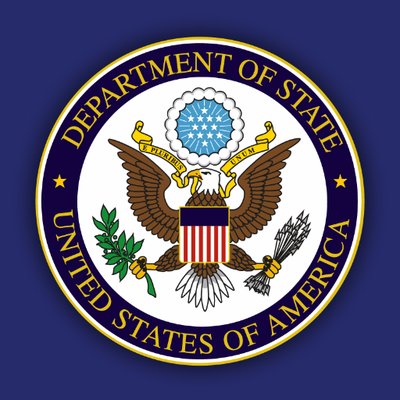· The “one China” policy and the three documents and agreements have defined the ties with China since Nixon, resulting in a long period of no conflict between China and the U.S.
· The bilateral ties are at a “pivot point” as both countries are working together to define the next 50 years to continue the economic prosperity that benefits both and avoid conflicts
· High-level dialogues have helped advance understanding of each other’s interests.
U.S. Secretary Rex Tillerson spoke with reporters at a State Department press briefing on August 1 in Washington D.C. and covered a wide range of foreign policy issues, including on dealing with China. The following are excerpts of his remarks.
Our relationship with China, obviously, is much broader. And if you go back to the summit in Mar-a-Lago between President Trump and President Xi, much of that summit was a discussion about what should the relationship between the U.S. and China be. It has been defined, since the opening of China with the historic Nixon visit, the adoption of the “one China” policy, the three documents and agreements, and that has given us a long period of no conflict between China and the U.S., creating conditions for enormous economic growth and prosperity in China, which the U.S. and the rest of the world has seen benefits from as well. That has defined the last 40 to 50 years of our relationship.
The question now is that we – we believe we’re at a bit of a pivot point in that relationship because of how China has progressed now to become the second largest economy in the world, and they will continue to grow in their importance to the global economy. What should define this relationship for the next 50 years? And those are the discussions that we have with the Chinese in the broadest contours: How should we define this relationship and how do we ensure that economic prosperity to the benefit of both countries and the world can continue, and that where we have differences – because we will have differences, we do have differences – that we will deal with those differences in a way that does not lead to open conflict. And that has been the success of the past policy. It’s one that we must continue, but we recognize conditions have changed and to simply rely upon the past may not serve either one of us well.
So these are very in-depth conversations and discussions we have with the Chinese, and we test this relationship through things like the situation in North Korea. Can we work together to address this global threat where we have a common objective? And where we have differences – in the South China Sea, and we have some trading differences that need to be addressed – can we work through those differences in a way without it leading to open conflict and find the solutions that are necessary to serve us both?
Out of Mar-a-Lago came, I think, some very important commitments to one another. We established four very high-level dialogues. We had many, many dialogues with the Chinese in the past – over 20 dialogues – but these were at a level that we felt were insufficient to deal with this question of our relationship, so the Chinese agreed to designate very high-level individuals so we have four dialogues. The Diplomatic and Security Dialogue is led by myself and Secretary Mattis with our counterparts in China. We have had two meetings of the Diplomatic and Security Dialogue. The Economic and Trade Dialogue has met twice. That’s led by Secretary Mnuchin and Secretary Ross. We have two other dialogues that are yet to meet: law enforcement and cyber security; and then social or people-to-people.
And so these are really to help us explore the tough issues that exist for the two largest economies in the world and two significant military powers, as to how do we want to deal with these issues, and they’ve served – I think they’ve served us well to this point, and they’ve been quite helpful in us advancing this understanding of one another’s interests, so we will continue those. And again, I want to thank Assistant Secretary Susan Thornton for her help in advancing these.
(The excerpts are from the U.S. State Department website)

